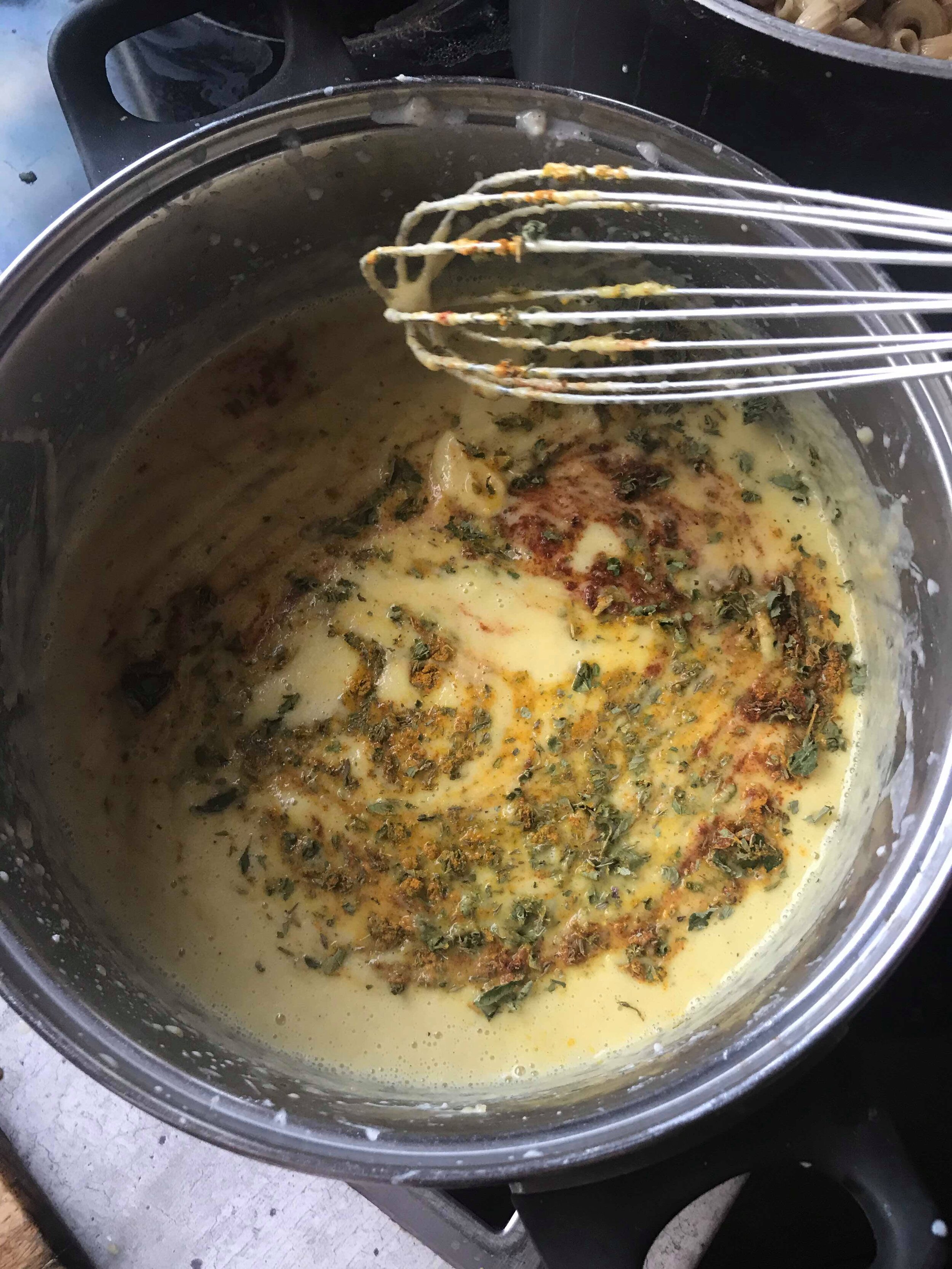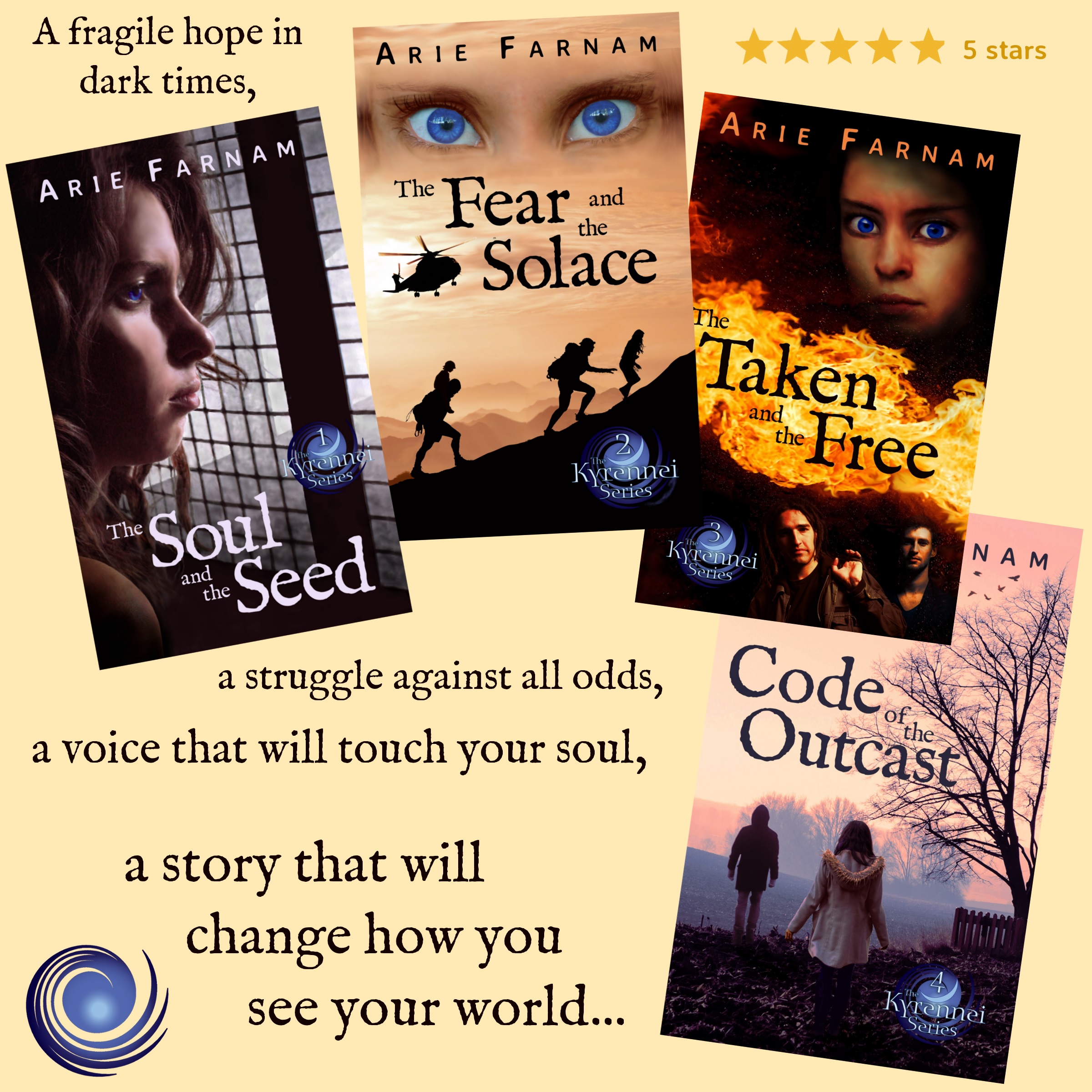Desperate parents and kids who will only eat mac'n cheese? Here's a healthy option.
/Like a lot of people these days, I’ve got a kid with eating issues. Due to neurological and developmental issues, the doctors keep saying she needs about twice the optimal daily allowance of protein for a child (about 30 grams for most kids, 60 for my kid).
BUT due to sensory sensitivity issues she won’t eat most meat or eggs. She will sometimes eat legumes and nuts but not nearly often enough. The one significant protein source she’ll always eat is cheese, but dairy protein alone isn’t going to cut it for brain development.
Let me get one thing utterly clear here.
There’s a lot of judgmentalism out there about parents saying their kids have eating issues or intolerance to certain foods, when in reality it’s sometimes about parents wishing their kid was more special than the next kid or the inability of parents to set limits on the demands of entitled, picky kids living amid excess privilege.
And on one level I am as irritated as the rest. It is not “cool” to have neurological difficulties or sensory disorders or allergies or digestive illnesses. The real thing is a huge pain in the butt. If not eating gluten either helps you avoid little bumps on your skin or helps you feel good about yourself or about your kid, go for it. At least it is bringing the gluten free prices down for people with acute digestive illnesses. But please don’t make a big deal about it in every gathering where your child might ingest a small amount of gluten and have absolutely nothing happen. That kind of behavior is going to get a child with a real nut allergy killed, because people stop taking it seriously.
On the other hand, people who are irritated by this wave of special eating issues need to get a grip as well. Be grateful that you or your kids don’t have issues and can freely eat what they want. The instance of life-threatening allergies and real actual, factual, documented deaths from allergens has gone up in recent decades. Few researchers want to risk a funding ban by pointing fingers at the chemical industry and agro-business but there are plenty of studies linking the toxic stuff these industries put out to harmful hormonal, genetic and immune effects. People who say they really have a problem and are willing to eat the potatoes with nothing or the like and thank you for them are not realistically faking a problem for fun or image considerations.
Sure, shrug the next time a mom guilt trips you about how you should have made gluten free cupcakes for the birthday party because her little tike is “sensitive” while he’s over at the table going to town on the Doritos and she doesn’t care. But pay attention when it is clearly a real issue.
So, back to the story. If you are irritated by talk of food sensitivities and just want the recipe for healthy mac’n cheese, use the scroll bar.
Given all her sensory sensitivity and her love of cheese, my daughter has become obsessed with mac’n cheese in recent months. She had seen it on TV and the fact that it was mostly just noodles and cheese, two of her favorite things, was extremely enticing. For me, however, not so much. She gets plenty of cheese protein in a regular diet and there is very little nutritional value otherwise in this standard comfort food.
So, I was resistant for a long time. Finally, I decided to research healthier options for mac’n cheese, Other than hiding tiny bits of meat in it, the only viable option I came up with for adding protein was protein powder. It’s less than ideal but I was also concerned about other nutrients. Finally, I came across a recipe for reasonably healthy pumpkin-based mac’n cheese. Still a ton of dairy protein and the pumpkin sauce would make the protein powder disappear more easily.
The best part was I had just pulled a small pumpkin out of my garden.
There are those who have told me I should cut out all gluten from my kids’ diets given the sensory and neurological issues, but even testing the theory requires months of absolute isolation from gluten and that isn’t feasible in our school system without a heavy-handed doctor’s order, which we aren’t likely to get in order to just test a theory. So, this recipe includes regular whole wheat macaroni noodles, but you can substitute as needed.
My younger kid, the one without most of the eating issues is lactose intolerant, so I used lactose-free milk and cheese but the same can be done with regular milk and cheese.
My plan was to make the mac’n cheese in secret without letting my daughter know it had pumpkin in it, because she insisted she only wanted “pure” unadulterated mac’n cheese. And when she throws a food fit, it is epic. Not that we let her get away with dictating everything, but when you can avoid a hours-long scream-a-thon with basic precautions, you just do it.
So, I cut up and steamed the pumpkin. I pre-cooked the noodles. But then my daughter got home from her playdate early and the gig was up. She noticed the mound of noodles in a pot on the stove and went into overdrive. “I want mac’n cheese! I want mac'‘n cheese!”
Fifteen minutes later, after calming exercises and a discussion plus role play on how to express enthusiasm and make an appropriate request, I agreed to let her “help” cook. I figured that the added flexibility fostered by being involved in the cooking would balance out her disagreement with pumpkin in the sauce.
First, we had to make the sauce base and keep it free of lumps. This requires putting the butter in the pan and then briskly whisking in the flour and protein powder. You can use just flower, but you’ll need about 2 TBSP of flour. I can do this asleep by myself. But with my daughter it’s quite tricky. Thus no pictures of this stage. She managed it and thanks to the hand blender, there weren’t even any lumps.
Then we poured in the milk and plopped in the pumpkin, which hadn’t been pureed yet. You can puree it earlier to be on the safe side, but with a hand blender this works too. Just don’t let it get too hot first. My daughter insisted on tasting it at this point, still without salt and she was understandably horrified. But I managed to talk her out of full judgement.
She first got excited when I dropped in the mixture of herbs, salt and spices I had prepared ahead of time. She loved the smell. Who doesn’t? Pepper, paprika, basil, oregano and rosemary are a good smell combo. Then she was so taken with the pretty colors in the sauce that she insisted I take a picture.
The next taste test was the best part. She already loved the sauce, declaring it to be “the best sauce ever” and we hadn’t even added the cheese yet. Once we did she was fully on-board. We mixed the noodles directly into the sauce once we were happy with it and then poured the whole mess into the greased baking pan.
I saved out a third of the cheese to sprinkle on top and added breadcrumbs for a nice crust.
So, here’s the recipe in a nutshell:
Pre-heat the oven to 375 degrees Fahrenheit.
Ingredients:
1 pound of wholewheat noodles (pre-cooked)
2 TBSP butter
1 TBSP flour (Use 2 TBSP if not adding protein powder)
3 TBSP protein powder (equivalent of about 30 grams of protein)
2 cups milk
1 TBSP dried oregano
1 TBSP dried basil
1 tsp dried rosemary
1/2 tsp black pepper
1 tsp turmeric powder
1 tsp sweet paprika powder
1 tsp salt
1 1/2 -- 2 cups pureed winter squash (or one small winter squash or pumpkin, with seeds and rind removed)
1 1/2 cup shredded mozzarella cheese (save 1/2 cup for topping)
1 1/2 cup shredded cheddar cheese (save 1/2 cup for topping)
Olive oil to grease the pan
3/4 cup bread crumbs for topping
Bake for 45 min to 1 hour, until top is golden brown.
The waiting for it to bake was the hardest part. My daughter was over-the-top excited and the smell was pretty amazing. In the end it came out beautifully and our men-folk ate it with amazed glances at me, given that I’m known for only making healthy stuff and my daughter insisted we wait until after they’d eaten to tell them the secret ingredient.



















